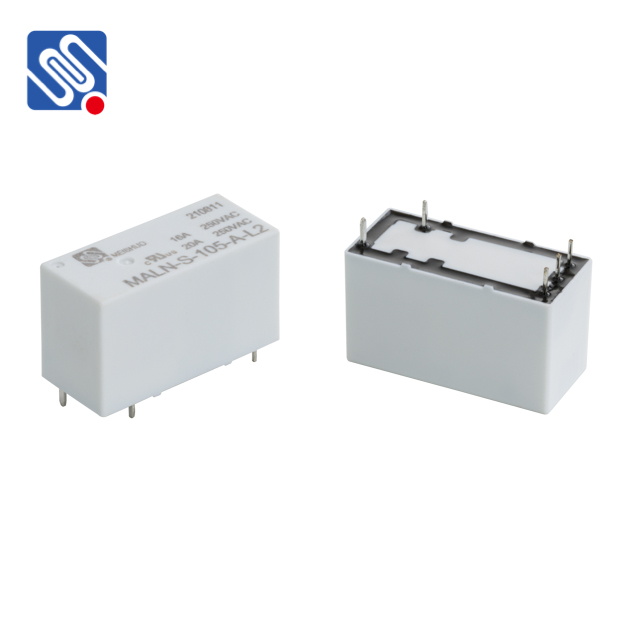In recent years, the rise of smart homes has revolutionized the way we interact with our living spaces. One of the most integral components of a smart home is the smart home relay. This device acts as the bridge between various home appliances and the centralized control system, enabling seamless automation and remote management. But what exactly is a smart home relay, and how does it enhance the convenience, efficiency, and security of a smart home?

What is a Smart Home Relay? A smart home relay is an electronic device designed to control and manage electrical appliances in a home. It functions as a switch or a connector, allowing users to turn devices on or off remotely, set schedules, and automate actions based on different triggers. The relay is often integrated into a smart home ecosystem and can be controlled via a smartphone app, a voice assistant (such as Amazon Alexa or Google Assistant), or through automation routines. Smart home relays typically use communication protocols like Wi-Fi, Zigbee, Z-Wave, or Bluetooth to connect with other devices and the central hub. Once connected, the relay can control various household items, such as lights, fans, thermostats, door locks, and even kitchen appliances, bringing a new level of convenience to daily life.